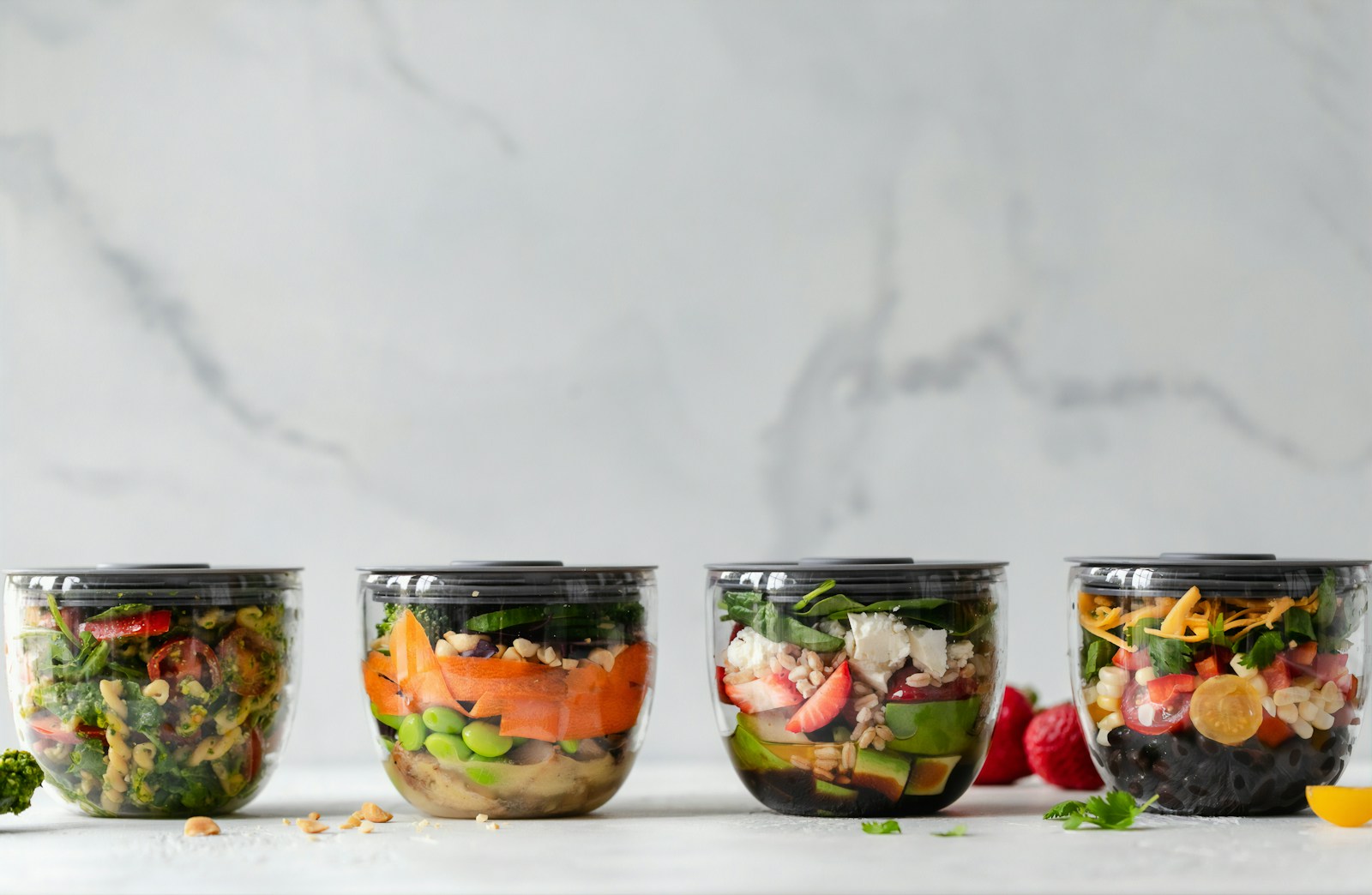
When it comes to managing your budget, grocery shopping can be a significant challenge. With the cost of food rising, it can be tough to maintain a healthy and nutritious diet without breaking the bank. However, with proper planning and some strategic tips, you can become a master of budget meal planning. Here’s a comprehensive guide to help you navigate this process effectively.
1. Establish Your Budget
First, determine your budget before deciding on your meals. American families spend anywhere between $400 to $1,300 per month on food, which accounts for roughly 11% of their income1. Once you’ve set your budget, it’s crucial to adhere to it.
Track your weekly and monthly grocery bills to ensure you’re sticking to your budget. If you find that you’re dining out excessively or buying food that goes bad before it’s consumed, there are undoubtedly ways to save.
2. Craft a Weekly Meal Plan
Planning your meals ahead of time can result in significant savings. It ensures you only buy what you need, maximizes the use of leftovers, minimizes food waste, and reduces the frequency of ordering take-out.
Your meal plan should include a shopping list with the necessary ingredients for the week, reducing the number of trips to the grocery store and impulse purchases.
3. Prep for Savings Before Shopping
Before heading to the store with your shopping list and meal plan, consider some money-saving options:
- Food rescue apps: These apps connect you with surplus food from restaurants and grocery stores at about half the regular price2.
- Loyalty points: Many grocery stores offer loyalty programs that can help you save money on specific items.
- Coupons: Check online sites, apps, or flyers for store coupons and promotions before shopping.
- Price match: Compare prices at various stores and see where you can save the most money. Some stores even match prices if you can prove it’s cheaper at a competing store.
4. Be a Savvy Shopper: In-Store Prices
When in the store, look for items that are on sale. However, remember it’s only a bargain if it’s a food you enjoy. Don’t be swayed by sales on products that you don’t like—they may end up being wasted.
Instead of always buying the well-known brand, consider that store generic brands are usually made by the big food manufacturers, and are the same quality but cost less. Look on the top and bottom shelves for good quality and affordable products, not just at eye level.
5. Opt for Seasonal and Sale Items
Locally grown food is less expensive during harvest season. Take advantage and stock up when it’s on sale. You can freeze, jar, or can it for later use.
6. Plan Meals Around Affordable Ingredients
Opt for more plant-based meals. Replace meat with less expensive alternatives such as tofu or beans. Studies show that eating more plant-based foods and less animal-based foods can cut the cost of groceries by almost 30 percent3.
7. Stock Up On Staple Ingredients
Ingredients with a long shelf life, such as pasta, rice, and canned beans, can be purchased on sale and stored until you need them. If you maintain a well-stocked pantry, you’ll have fewer items to buy every time you shop.
8. Reduce Food Waste
Americans waste 119 billion pounds of food each year, worth about $408 billion dollars4. One smart way to save money is to reduce waste. Here are some tips for reducing food waste5:
- Meal plan and make a shopping list that only includes the perishable ingredients that you will need for the week.
- Instead of tossing leftovers, enjoy them for tomorrow’s lunch.
- If you’re wasting a lot of fresh vegetables, buy frozen instead—they’re not as perishable.
9. Cook in Batches
Double the ingredients in your recipe so you can make and freeze meals. This is known as batch cooking, and works well for multi-serve meals such as lasagna, soups, stew, chili, and curry.
When freezing, use single-serve containers so you can reheat one portion at a time. Make sure to mark each item with a name and the date it was prepared, then try to use the foods up based on this timeline6.
10. Consider Meal Delivery Services
If you’re too busy to cook or shop, a meal delivery service can be an excellent way to ensure you’re getting nutritious meals without overspending. Many services offer healthy, portion-controlled meals that can help you stick to your budget.
11. Learn from Dietitians
Dietitians are experts in nutrition and can provide valuable advice on meal planning and eating healthy on a budget. They can provide customized advice based on your dietary needs and budget constraints.
12. Practice Makes Perfect
Budget meal planning is a skill, and like any other skill, it requires practice. Don’t be discouraged if your first few attempts aren’t perfect. With time and experience, you’ll become a pro at planning and preparing meals that are both nutritious and budget-friendly.
Meal planning doesn’t have to be a daunting task. With these tips, you can plan your meals efficiently, stick to your budget, and enjoy a variety of delicious and nutritious foods. Remember, it’s all about planning, smart shopping, and making the most of what you have.
Footnotes
- USDA Economic Research Service. Food Prices and Spending. ↩
- New York Times. Lots of Food Gets Tossed. These Apps Let You Buy It, Cheap. ↩
- Springmann M, Clark MA, Rayner M, Scarborough P, Webb P. The global and regional costs of healthy and sustainable dietary patterns: a modelling study [published correction appears in Lancet Planet Health. 2021 Dec;5(12):e861]. Lancet Planet Health. 2021;5(11):e797-e807. doi:10.1016/S2542-5196(21)00251-5 ↩
- Feeding America. Food Waste and Food Rescue. ↩
- Food and Agricultural Organization of the United Nations. 15 Quick tips for reducing food waste. ↩
- USDA Food Safety and Inspection Service. Freezing and Food Safety. ↩





